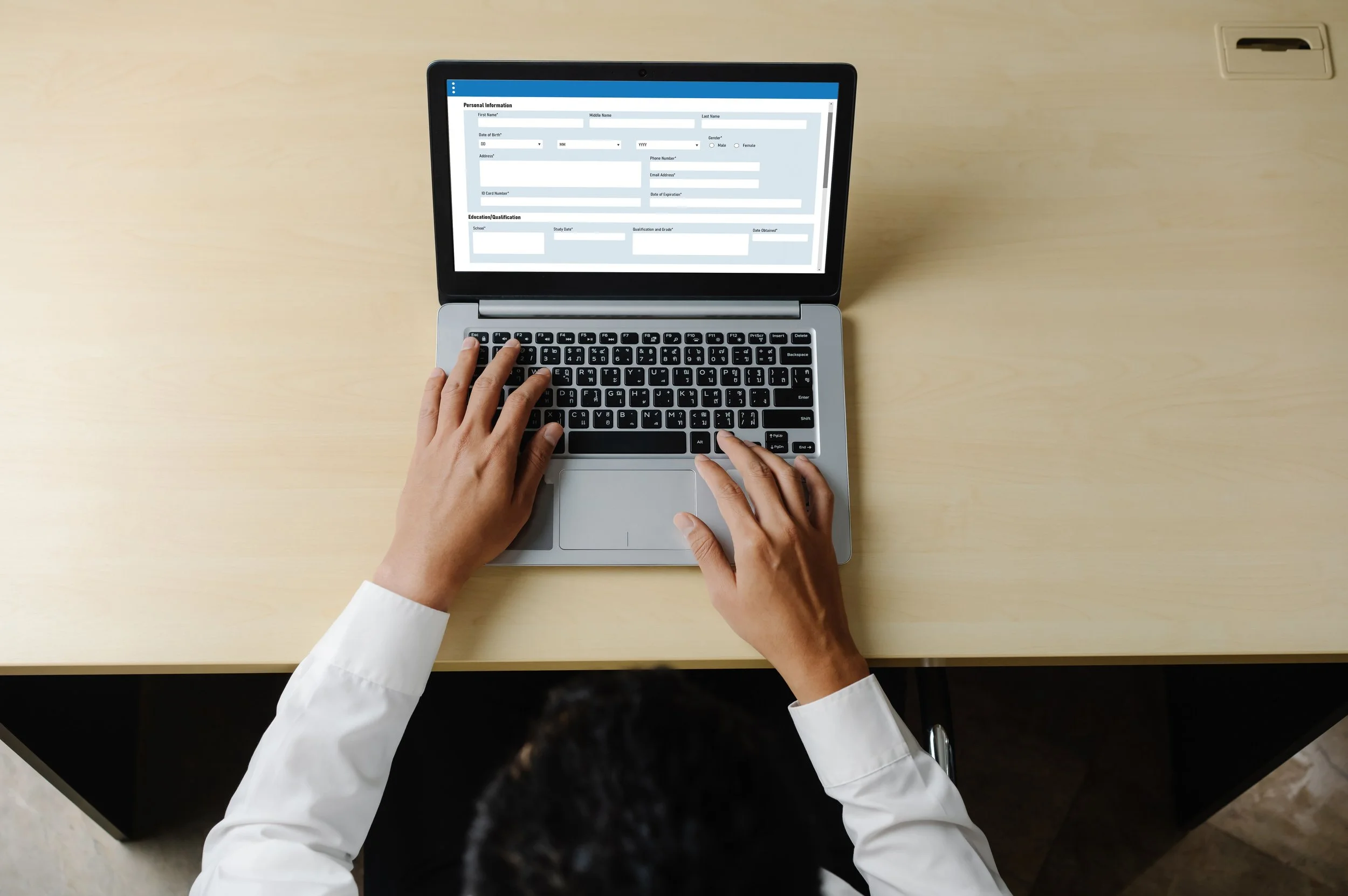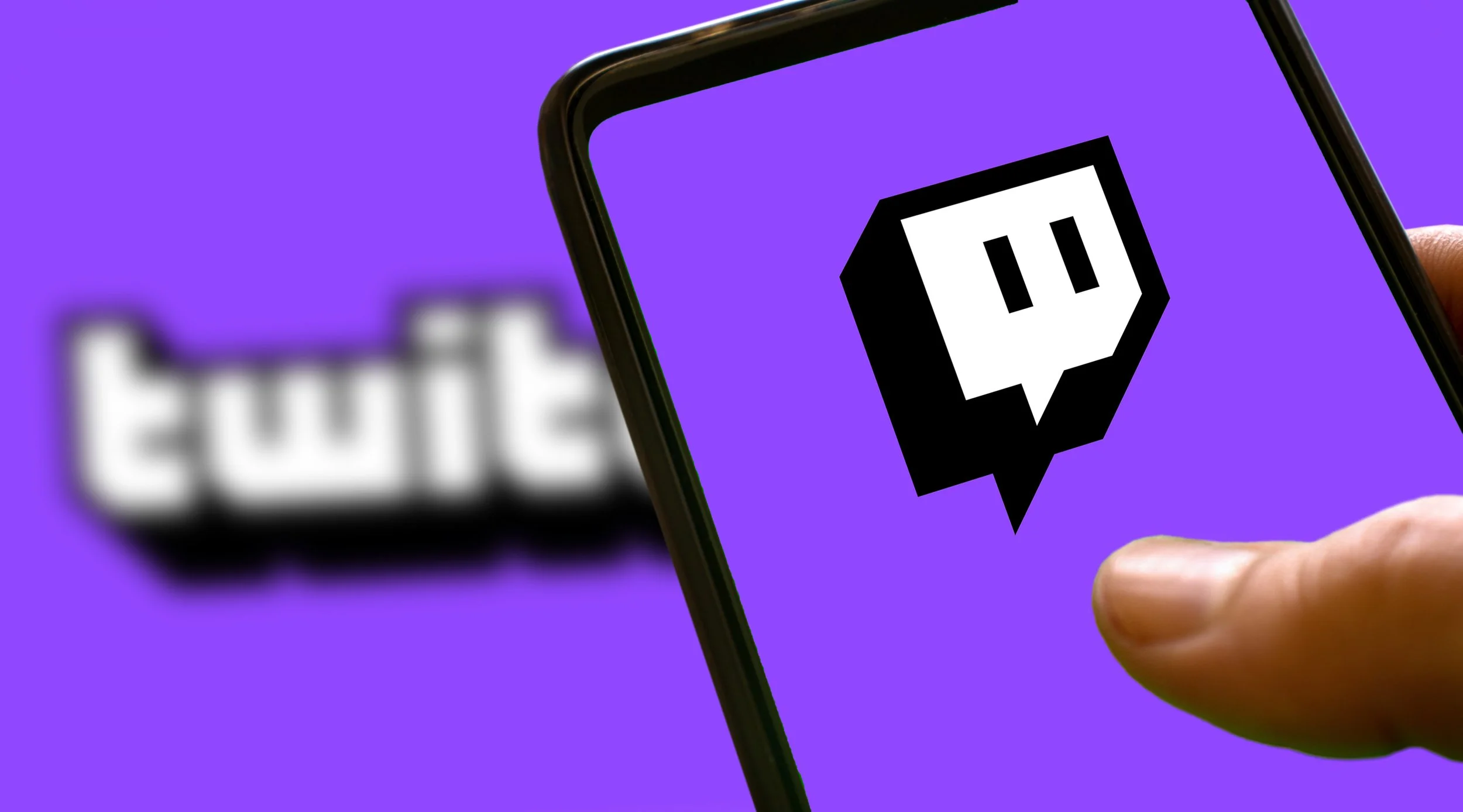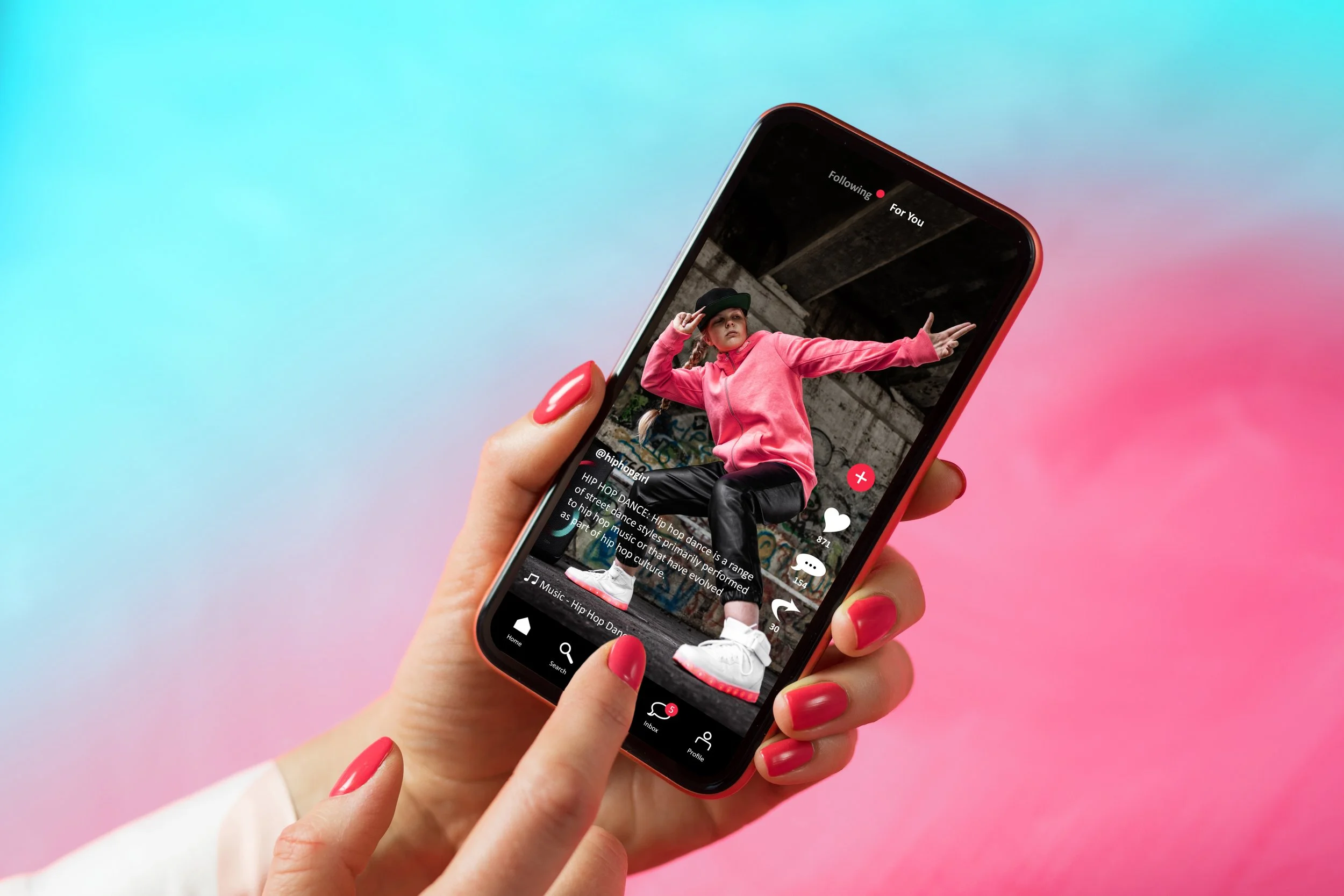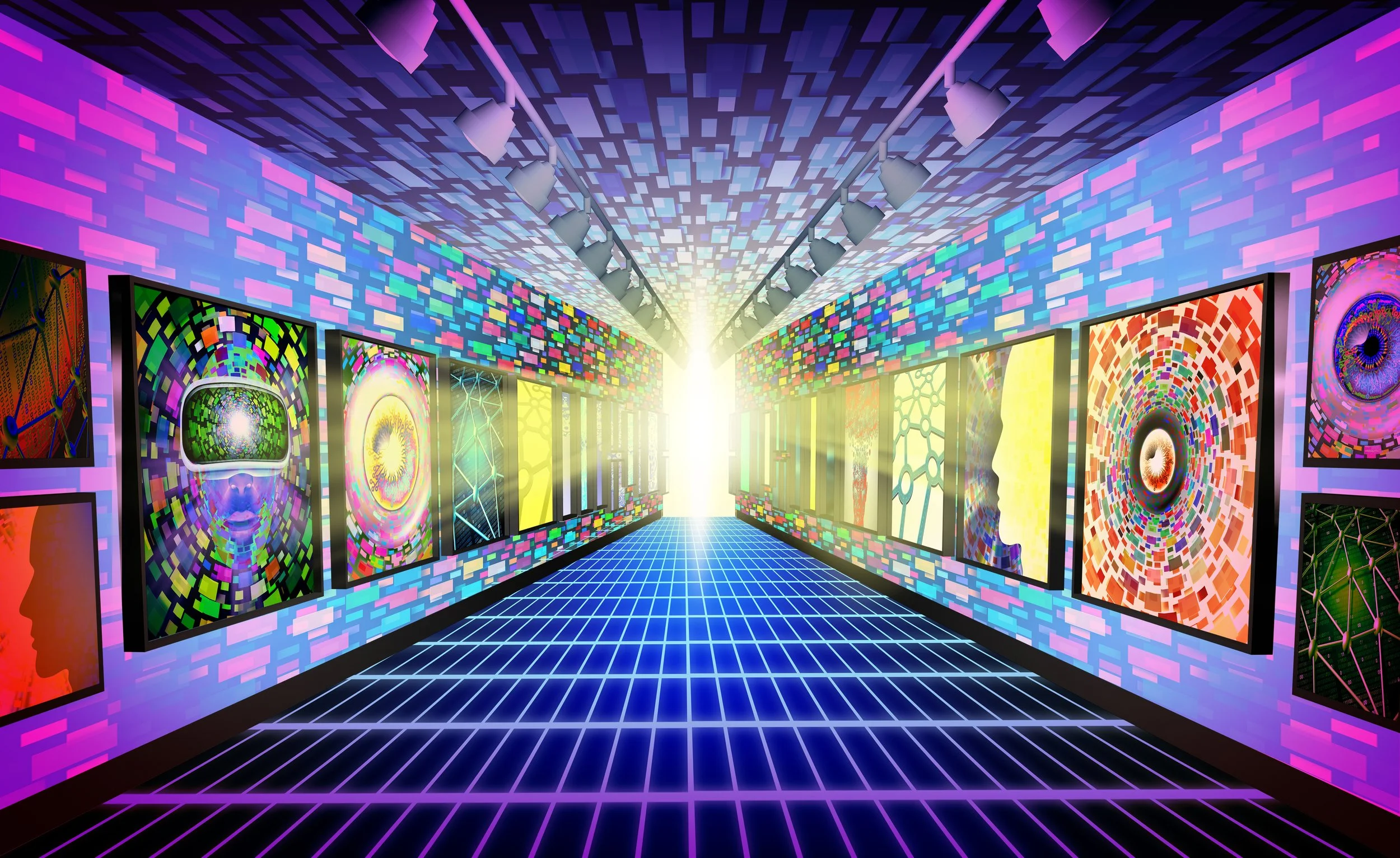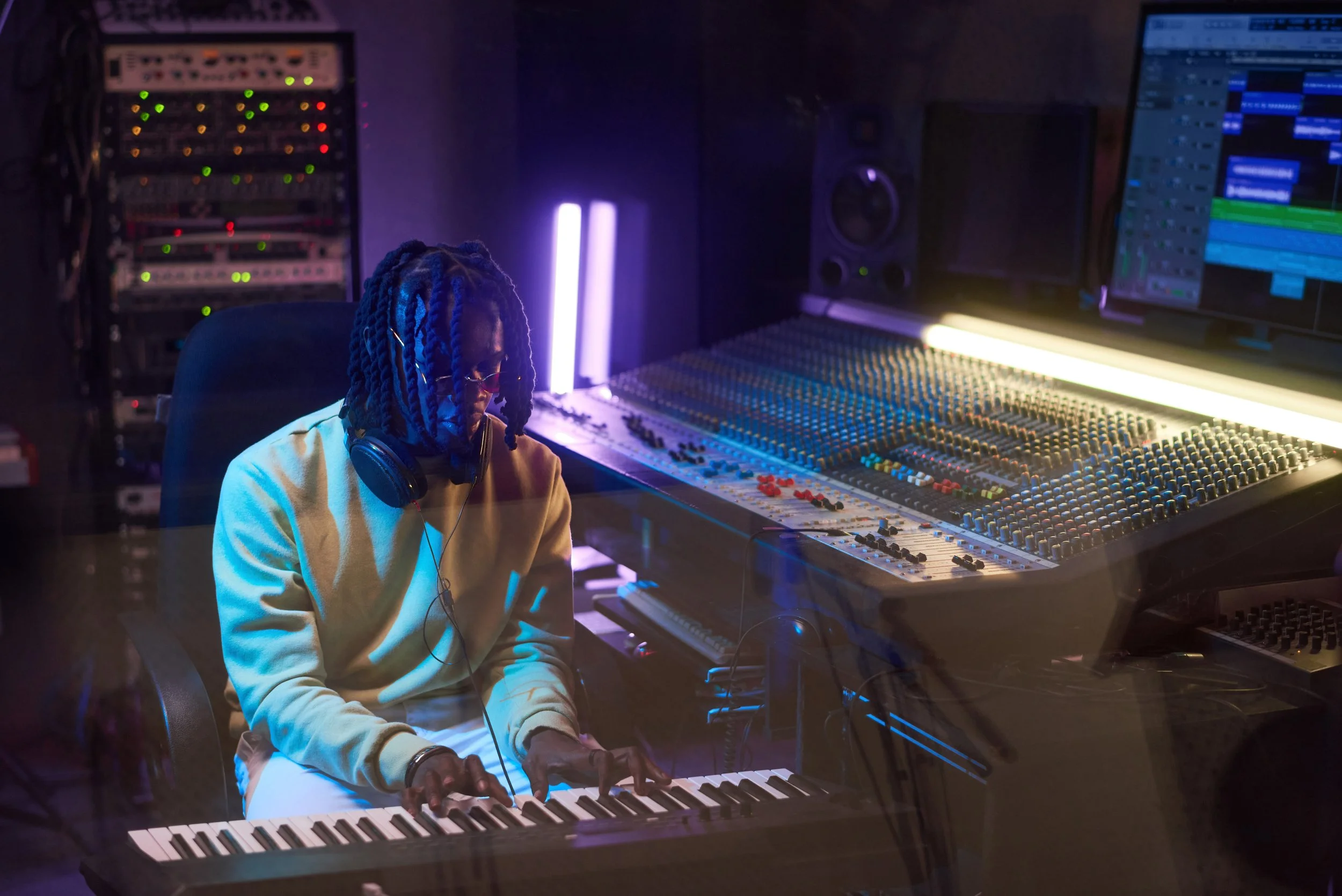How to Make Money With Sound Packs
Did you know that selling beats isn't the only way to make money as a producer? In fact, there are multiple ways to generate revenue and one of them is through selling sound packs. Sound packs and sound design have become a very vital tool in our community over the last few years. Using these packs is a great way to collaborate with other producers. It sparks creativity, especially when dealing with beat block, and it has also become a great way for producers to support their independent business as an additional revenue source.
There are several reasons why you should consider selling sound packs. The first reason, as previously mentioned, is to generate another stream of income. Traditionally, selling beats was the only way to make music. But as our community and technology grows, we are finding more innovative ways to collect on our craft and producers are making a ton of money by selling their sounds. Secondly, you get more exposure. When selling sound packs on other third party sites, you broaden your network, and over time, creatives will become familiar with you and your brand. This leads to our third reason for selling packs - the opportunity to become an influencer or trusted expert in the field of sound design. Other creatives will eventually look to you for new innovative sounds as music evolves. Lastly, selling packs increases your chances for placements. The traditional way of getting placements is still a viable option, but producers like Frank Dukes have gotten innovative with their approach. Sound designers are placing records without ever having to be in the studio with other producers or artists. Creatives are simply using the sound packs, placing the beats, contacting the sound pack creators for clearance, and sharing in the revenue.
Before creating sound packs to sell, it's important to understand who your target audience is. The first answer is typically “producers”, and they are, but also keep in mind that there are additional audiences that can benefit from using your sound packs. Another potential audience is content creators. Content creators often use sound effects or simple loops as background music in their videos to help tell their story and create a mood. They don't always use full songs because it can compete with the purpose of their video, so many times they prefer simpler options. Songwriters are another possible target audience. Songwriters like to strike while the creative iron is hot, but sometimes don't have beats to write to and often don't need full beats. Having your sound packs will allow them to quickly and easily put together simple beat concepts so that they can hammer out their song ideas.
There are generally two approaches to take when getting started with sound packs. The first one is the producer who focuses on sound design and spends most of their time creating theme and genre specific packs. In their spare time, they create loops that they either add to those packs or they send them out to other producers to collaborate with. The other approach is the producer who still makes beats for placements, but wants to tap into the sound pack selling game. Those producers often knock two birds out with one stone by taking the stems of the loops and sounds they create for their finished beats and putting them into packs for other producers to purchase. No matter which approach you decide to take, be assured that there's room for all producers to try their hand at selling sound packs. Keep in mind though that you'll be respected for maintaining a high level of honesty and integrity by only using your individual creativity while creating sound packs. One of the biggest no-no’s is stealing sounds from other packs, putting them into your packs, and then reselling them.
There are typically two types of packs to consider. The first is usually a loop pack/sample pack and the second one is a sound pack. Loop packs are usually packs with partially or fully created compositions that may or may not be stemmed out and can be used just like samples. Sound packs are generally packs with various one shot sounds like snares, kicks, percussion sounds, sound effects, vocal chops, etc. In some cases they’ll have sample folders of loops as well.
When identifying what type of pack you want to sell, it's important to know how many sounds are too many and how many are too little. Loop packs typically have a minimum of 10 loops with various files such as full composition files in both MP3 and WAV format. Sometimes they have broken down stems in WAV format as well. Sound packs typically have a minimum of 5 sounds per category or folder, but no more than 10. You want to make sure that your packs have enough sounds that'll provide value, but you don't want to overload the buyer with sounds so that you can keep them coming back for more.
You should be organized and structure your sound pack folders in a manner that is easy for your customers to understand and doesn't slow down their workflow. In a loop pack, there are typically two folders - the composition folder and the stems folder. You can also add your artwork and we highly encourage you to add agreements and contact information, especially if you're selling a non-royalty free pack. In the composition folder, you want to make sure that each composition is properly titled along with the BPM and the key that it was made in. In the stems folder, you want to make sure that each composition folder is titled, but within those folders, you want to make sure that every file is properly titled. These files are typically all the instrument sounds broken down, so your buyer should be able to know exactly what they're using. In a sound pack, general folders include snares, kicks, 808s, hi-hats, percussion, sound effects, vocal chops, one shots, and sometimes loops. This can vary depending on what type of sounds you’re offering in the pack. Once again, it’s important that every file within your sound pack is properly titled so that your buyers know what they're using.
Artwork is super important to your sound packs because it’s a form of branding and marketing for what you're trying to put on the market. It's important because this helps you build a rapport and be recognizable with people who purchase your stuff over time. When they see your logo, colors, and designs, they already know what they're in store for. You want to make your artwork eye-catching because this is the first impression of your sound packs. People don't always listen to the sounds first, but they do see what the artwork looks like.
When it comes to selling your sound packs, if you want to do it yourself, you can use your personal website accompanied with other websites like Shopify. If you want to go big with the help of other platforms that already sell sound packs, you're more than welcome to. Just keep in mind that these sites may or may not take the commission from the packs that you sell. If you feel this is a route you want to go be sure to check out sites like Splice, Kitsi, Modern Producers, Loopmasters, The Drum Broker, and more. Most of these platforms have contact information on their site, but be mindful that some of these sites are highly curated to provide the best sounds for their customers and may not be so easy to be a part of. In some cases, you may not be providing the sounds they're looking for or the submission process may take a while, as you’re probably one of many producers trying to gain access to their platform.
If for some reason you aren't having luck with the bigger third party platforms, no need to worry because we here at Airbit provide a viable option for you as well. We have a powerful sound pack selling tool that’s for everyone and doesn't require an approval process. Not only is it easy to upload your packs to our site, but we also provide sound pack agreements to protect your rights as a sound designer. We allow sounds and instrument tagging for increased visibility. We also offer multiple fully customizable store designs and we don't take a commission, so whatever you sell, you keep! Be sure to check out our site for more information.



